With experts across the WILDLABS community working with every type of technology and in every imaginable environment, our platform is a great place to find advice and resources on choosing what tools are right for your conservation project. Whether you're in the market to try a new camera trap model, want to experiment with drones for the first time, or need help weighing the pros and cons of data management tools, there's someone in the WILDLABS community who can help you make a smart and informed choice!
The Community Base is our general gathering group. It's the place where we cover more general, big picture topics in conservation technology - ones that don't fit neatly into our other groups. If you don't know where to post something, just post it in this group. Our moderators will move it if needed!
At our Community Base, you'll find updates from the WILDLABS team on upcoming events and opportunities, and have the chance to shape our programs and platform with your opinions. And most importantly, the Community Base is also home to our Welcome to WILDLABS thread, the best place to introduce yourself to us and the community. Stop by and tell us what you're working on!
Whether you're new to WILDLABS and want to know where to begin, or you're a longtime member looking for a handy bank of resources, our Getting Started on WILDLABS thread will be your one-stop guide to getting the most out of our platform.
Want to find out more about WILDLABS? Check out our recent community call:
Header image: Ana Verahrami/Elephant Listening Project
Group curators
- @TaliaSpeaker
- | She/her
WILDLABS & World Wide Fund for Nature/ World Wildlife Fund (WWF)
I'm the WILDLABS Research Specialist at WWF-US

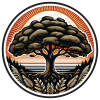

- 23 Resources
- 62 Discussions
- 25 Groups
- @alexrood
- | she/her
WILDLABS & World Wide Fund for Nature/ World Wildlife Fund (WWF)
I'm the WILDLABS Communications and Community Management Associate Specialist at WWF-US

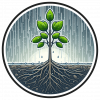



- 114 Resources
- 78 Discussions
- 7 Groups
- @affiliatepurna
- | general email id
Purna Man Shrestha is a program coordinator of mountain spirit, Nepal. He has 6 years of working experience in human wildlife interaction focusing on wildcats, and conflicts. He has a good knowledge on wildlife survey techniques, field survey, stakeholder engagement
- 0 Resources
- 0 Discussions
- 11 Groups
- 0 Resources
- 1 Discussions
- 9 Groups
Wildlife Conservationist and Socio-ecology Researcher.
Passionate about preserving biodiversity in their natural homes, and studying the interactions between social systems and ecological environment
- 0 Resources
- 0 Discussions
- 4 Groups
- @cwcline
- | him/his
Panthera
Conservation technologist and hardware developer with Panthera


- 0 Resources
- 1 Discussions
- 2 Groups
- @raquelgo
- | (she/her/hers)
- 0 Resources
- 0 Discussions
- 17 Groups
- @ThinkNature
- | TN
We, at Think Nature, are a university-launched startup that aims to transform into a nature economy where humans and nature coexist.


- 0 Resources
- 2 Discussions
- 2 Groups
- @evan21
- | She/Her
University of St Andrews
Final Year Biology & Geography Undergraduate at the University of St Andrews
- 0 Resources
- 1 Discussions
- 7 Groups
Software Engineer


- 0 Resources
- 5 Discussions
- 10 Groups
American Museum of Natural History
- 1 Resources
- 8 Discussions
- 10 Groups
- @Tracks_Ecology
- | he/him
Ecological Consultant focussing on the use of UAV and GIS to advance applied ecological reasearch
- 0 Resources
- 1 Discussions
- 5 Groups
Fauna & Flora
Countering poaching and IWT
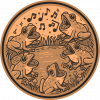
- 0 Resources
- 6 Discussions
- 2 Groups
- @bradnahill
- | he / him
SEE Turtles
Brad has worked in sea turtle conservation & ecotourism for 20+ years. He is the lead writer of Sea Turtle Research and Conservation and co-author of the Worldwide Travel Guide to Sea Turtles. He has won the President's Award from the International Sea Turtle Society.
- 1 Resources
- 4 Discussions
- 6 Groups
The Holohil Grant Program is donating up to CDN$2,500.00 toward the purchase of Holohil transmitters each quarter to conservation professionals and researchers from anywhere in the world.
17 July 2018
Would you like to make the world safer for trafficked wildlife? The 3rd annual Zoohackathon will take place on September 15-16 and September 22-23 of 2018. The Zoohackathon brings together coders, university students,...
11 July 2018
The global winners of the 2016 Zoohackathon are working hard to develop their winning idea into a fully fledged platform that is ready for field deployment. Called SmartSkout, it will be one of the first systems of its...
26 September 2017
June 2025
event
event
event
July 2025
event
October 2025
event
event
April 2023
event
event
March 2023
event
event
| Description | Activity | Replies | Groups | Updated |
|---|---|---|---|---|
| Posting this with the caveat that I have NOT listened to this yet so it's not an endorsement. I have skimmed the accompanying article though and found it through Simon Gardener... |
|
Community Base | 2 years 1 month ago | |
| Hi Carly, many thanks for getting back to me and apologies for the slow reply. The internet has been down here for the last week. We do not currently do any acoustic monitoring... |
|
Community Base | 2 years 2 months ago | |
| I'm obviously quite biased, but always looking for more acoustic monitoring stuff! ;) I think all conferences nowadays should be hybrid. We obviously have the capacity to do... |
|
Community Base | 2 years 3 months ago | |
| Hi everyone,I am conducting a ~10 minute survey which I hope you can fill out and share with your networks... |
|
Conservation Tech Training and Education, Community Base | 2 years 4 months ago | |
| intrested. |
|
Community Base, Data management and processing tools, Early Career, Emerging Tech | 2 years 5 months ago | |
| Hi Steph. Would be interested also. |
|
Animal Movement, Community Base, Connectivity, Data management and processing tools, Emerging Tech, Geospatial | 2 years 5 months ago | |
| Hello EO101 community!We hope you have enjoyed the EO101 lecture series! With all four parts now available on the WILDLABS YouTube channel... |
|
Earth Observation 101 Community, Community Base | 2 years 7 months ago | |
| The year that never was... *sigh* Yeah, taking another shot at it would be nice. There was much enthusiasm from folks at the time! |
|
Community Base | 2 years 7 months ago | |
| Thanks so much!! |
|
Acoustics, AI for Conservation, Animal Movement, Camera Traps, Community Base, Data management and processing tools, Drones, eDNA & Genomics, Emerging Tech, Open Source Solutions, Geospatial, Software Development | 2 years 8 months ago | |
| Eugh me too! Ellie's been working with him to see if we might have him blog here as well.. *FINGERS CROSSED*! |
|
Community Base | 2 years 8 months ago | |
| Thanks Carly! I'll pop this on the list of features to discuss with developers. Putting broader regions on the existing list might be possible. It could also be useful to get more... |
+14
|
Community Base | 2 years 8 months ago | |
| I have been waiting for journal club to come back!! 10000% down.I agree with @StephODonnell, would love it to come back!!! And now that variety hour is happening, that's more of... |
|
Acoustics, Community Base | 2 years 8 months ago |
New article about WILDLABS.NET: Where Technology and Conservation Meet
24 December 2015 4:33pm
Second Tiger Cub Dies in Crimea Zoo After Blackout
7 December 2015 10:31pm
8 December 2015 12:42pm
Hi, Stephanie
"WILDLABS.NET is a community of conservationists, technologists, engineers, data scientists, entrepreneurs and change makers. Together, we share information, ideas, tools and resources to discover and implement technology-enabled solutions to some of the biggest conservation challenges facing our planet. Join the Community to share your knowledge, explore ongoing projects, ask questions and identify major questions and needs. This community is a centralised space for field based conservationists to connect directly with technology experts, to share their challenges and source new ideas for solutions. Connecting with users on the ground will help technologists and innovators to test ideas in field environments, and adapt systems that can accelerate conservation gains. The problems faced by our planet cannot be solved by people working in silos. Become part of theCommunity and work together to build the solutions." (from WILDLABS.NET front page)
Bengal tigers (especially white ones) are identified as endangered species. Blackouts can happen anywhere.. So, as this is a community based on technological solutions, discussions, and sharing ideas and collaborating, I believed someone could have an idea about what can we, as conservationists, do, in order to prevent such loses of endangered species in the zoos, in the future. I'm less interested in politics when it concerns the lives of innocent animals suffering from imperfect conditions in the zoos etc. Any loss of endangered species, anywhere in the world, is a wildlife crime, because we can not afford to let our children live in the world where there's no elephants, rhinos or bengal tigers etc.
On the contrary, this is exactly what I've been saying, that technological innovations (ideas, projects) are exactly what could we all seriously regard in order to solve such problem that happened to the animals in the Crimean zoo. For example, zoos areas could have better equipment with alternative energy generators, or some innovative energy generators. In case of a blackout for example (man-made, natural, technological), in some country for example, it immediately puts at risk the zoos |and the safety and security of its animals|(and not only, but here we discuss environmental issues), for example if it's a cold country: Finland, Russia, Ukraine, Canada etc, on my opinion, I think it would be better if the zoos be equipped with alternative power generators. So, if anyone in the community, have an idea what kind of innovations could be used for the zoos (all over the world) I would be happy to read.
Thank you,
With love,
Sofia
France24.com video segment on wildlife conservation technology
4 December 2015 7:51pm
7 December 2015 11:55am
Thanks for posting Dave - it's a neat overview of lots of different projects. I hadn't seen the SMART hook before, so worth the watch!
Bengal tiger cub dies of cold at Crimea zoo hit by power cuts.
4 December 2015 6:22pm
Bengal tiger cub dies of cold at Crimea zoo hit by power cuts.
4 December 2015 5:36pm
Rare friendship between a tiger and a goat!
4 December 2015 5:29pm
wildtech.mongabay.com is a great resource
2 December 2015 10:40pm
3 December 2015 2:19pm
Thanks for the link - yes, I agree Mongabay's WildTech areas is a great resource for anyone interested in keeping up to date with the latest conservation tech news. Sue Palminteri's article is facinating and is definitely worth a read. The video showing the daily movement of elephants is particularly interesting (see the screenshot below) - it was a case study Katherine Chou of Google.org spoke about in her Fuller Symposium address as well. That they're getting close to real time monitoring is very exciting - it would have been amazing to have that capacity in other projects I've been involved with.
The key take-aways you highlight match a lot of what came up in the Fuller Symposium and other discussions about HWC. The consensus from Wired in the Wild - Can technology save the planet? was that no, it cannot. It is simply a very useful tool that, when used appropriately, could have significant impacts in the challenges conservation is attempting to tackle. Numerous speakers drove home the point that technology is not and should not be the starting point; we need to be technology agnostic. We must start by understanding the challenge and then looking at what (if any) technology might help to address it given the circumstances.
The Elephants and Bees approach is a great example of why we need to start with challenge rather than the technology. Sometimes the best solution is the low tech approach. Nilanga Jayasinghe highlighed this in her thought piece about HWC - giving a similar example of work WWF is doing in Nepal:
'During a recent visit to Nepal, I visited rural villages where wild elephants often raid rice fields during harvest season. The communities had installed electric fences but this tool didn't always succeed on its own. Elephants are smart and persistent: they had learned to break the fence’s electric current, and then the fence itself, by using trees to push over the supporting stakes. To solve this problem, we worked with farmers to dig fish ponds in front of the fences as an additional obstacle. Adding an additional barrier not only made it harder for the elephants to get into the fields, it also gave the communities more time to respond and drive elephants away. This simple solution has not only reduced elephant raids, but has also improved local livelihoods from the sale of the fish grown in the ponds.'

Frequently Asked Questions
30 October 2015 5:43pm

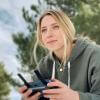






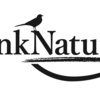




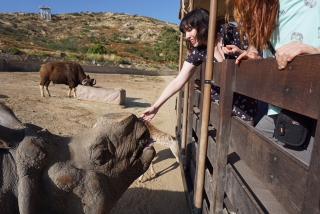




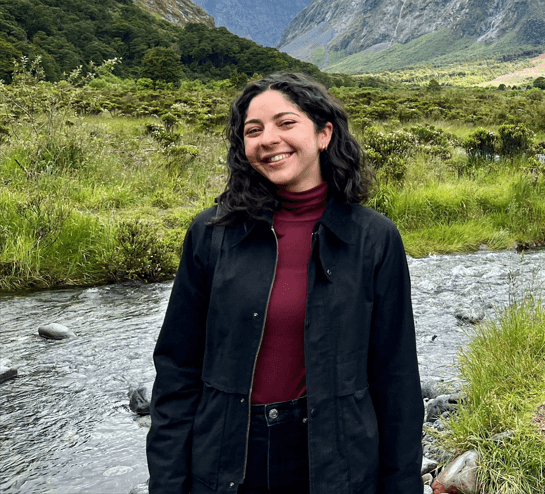
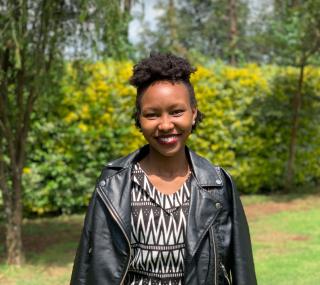




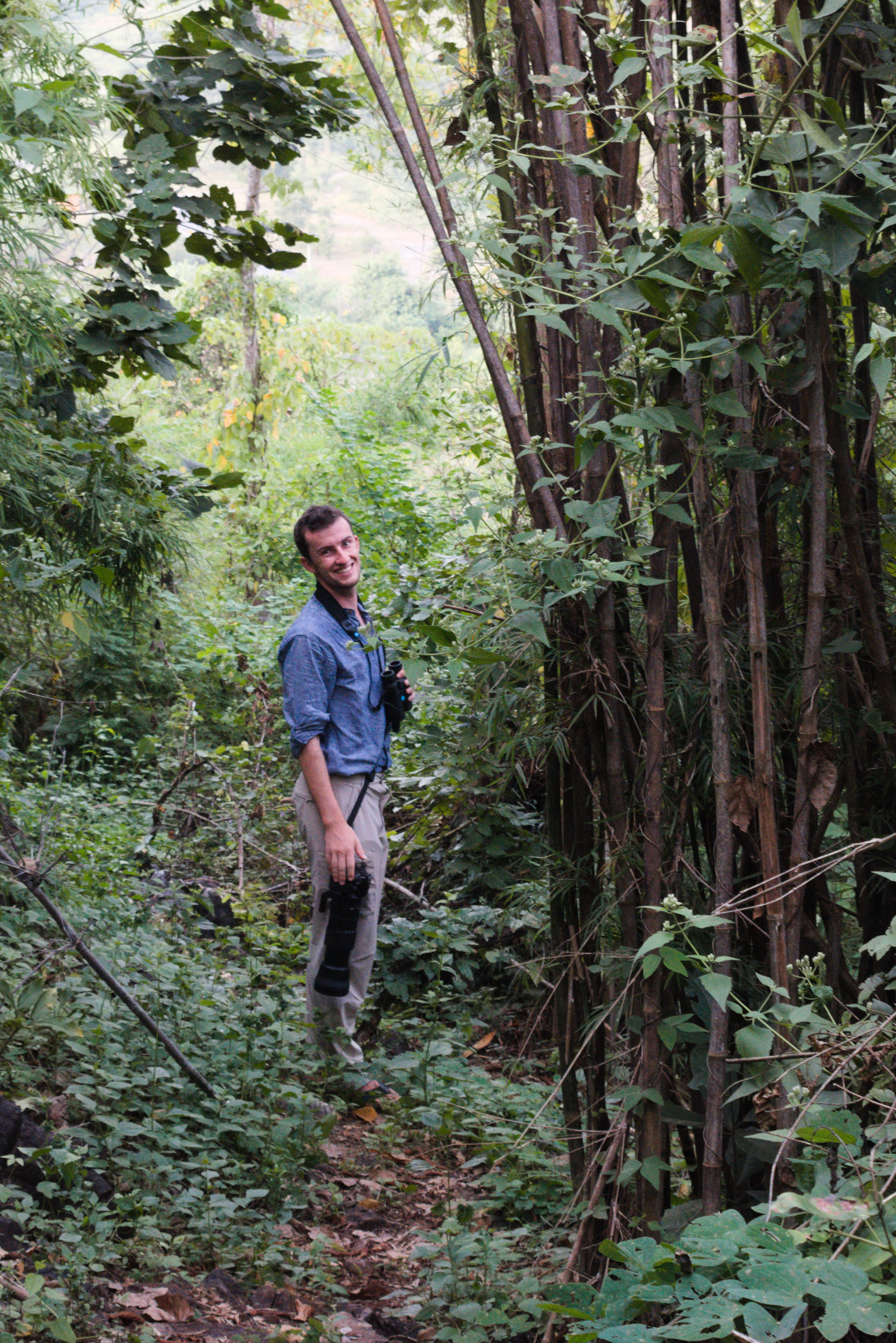



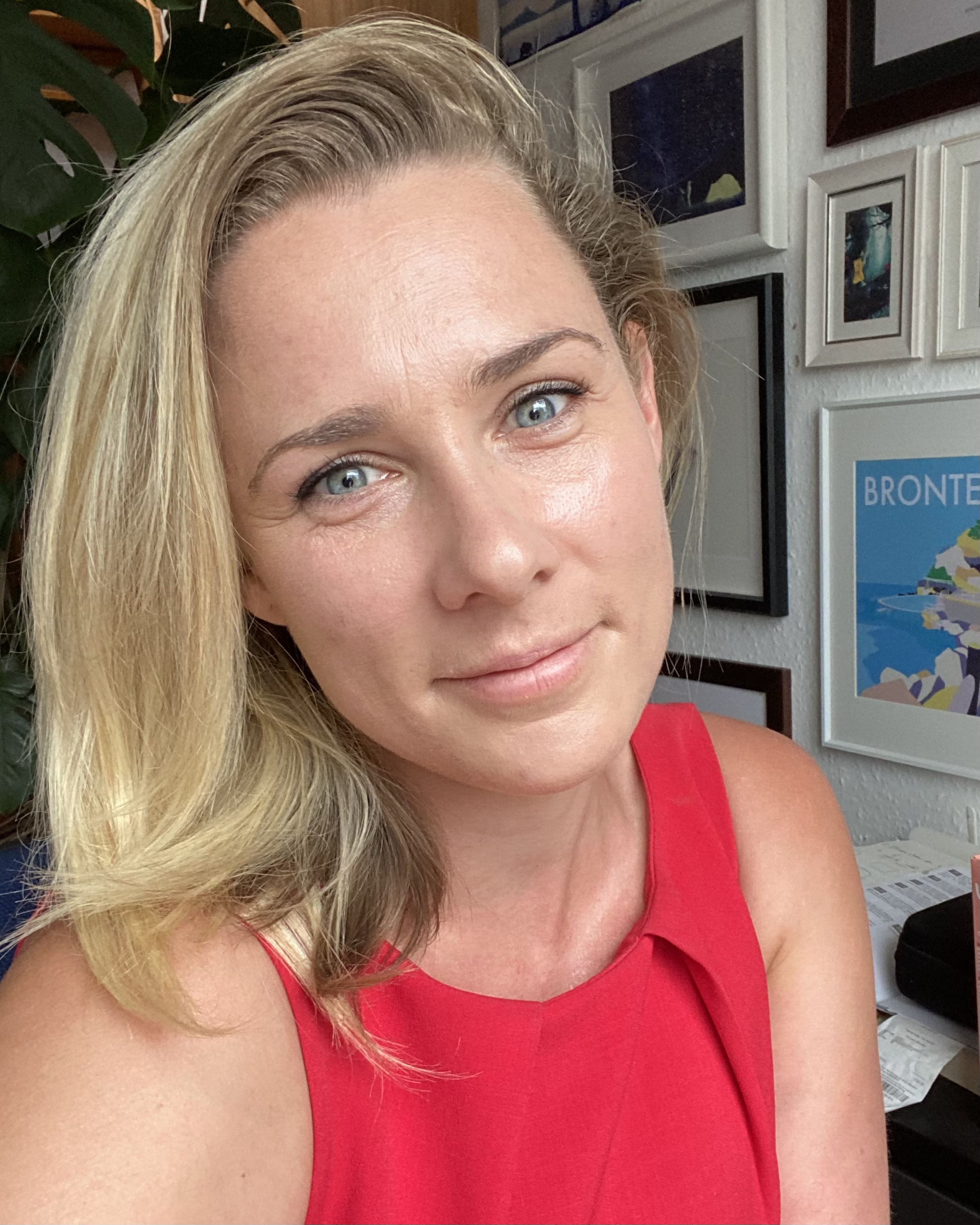










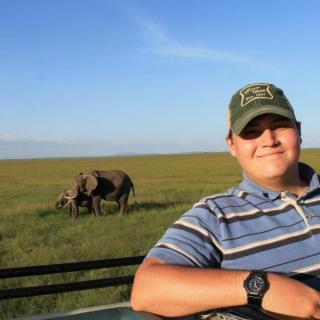







8 December 2015 12:11pm
Hi Sofia,
While there is a argument that the death of Bengal Tigers at a zoo in Crimea could potentially be viewed wildlife crime, your original post was unclear about how this was relevant to a professional community that is focused on collaborating and sharing ideas about conservation technology. I would argue that technological innovation might not be the most important element for finding a solution to the problem you have identified. Rather, there are political, social and economic factors that must be addressed as a higher priority, and if addressed effectively, will negate the need for a complex technological solution to this issue.
That being said, I welcome any community member who might be interested to continue the discussion below.
Cheers,
Stephanie